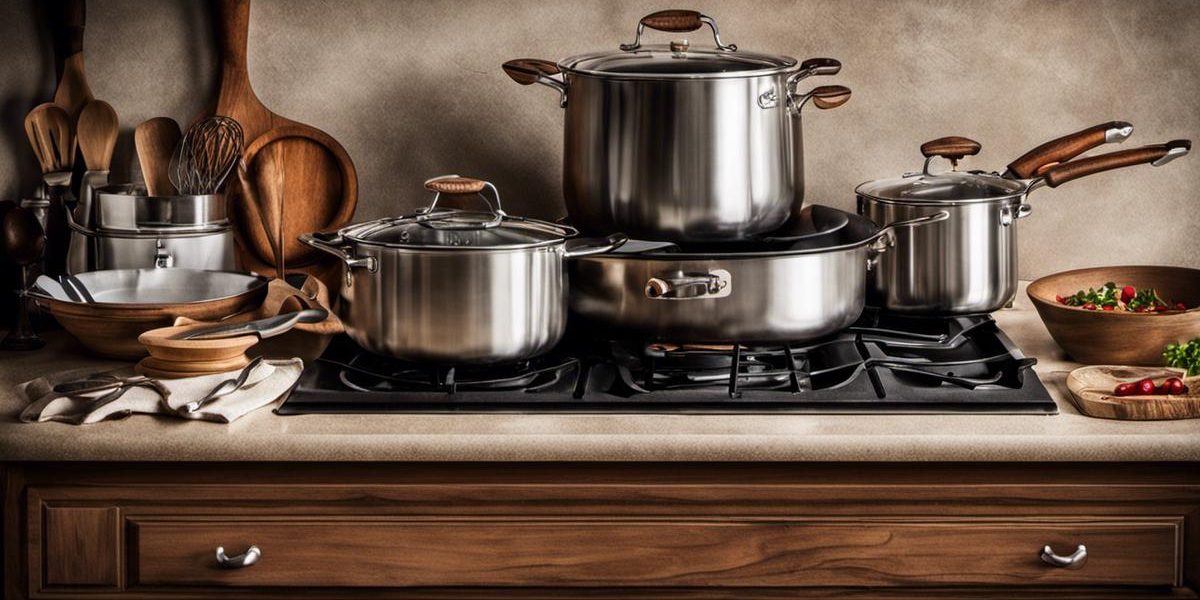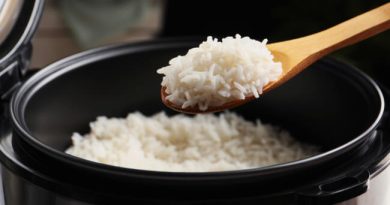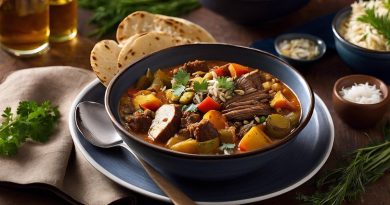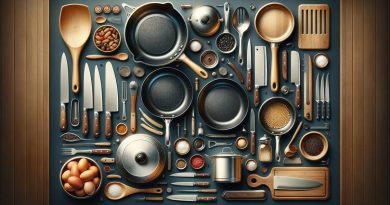Mastering 3 Basic Culinary Techniques
Mastering 3 Basic Culinary Techniques: In the culinary field, it is essential to have a solid understanding of various cooking techniques to make the most of ingredients and create delicious dishes. Understanding different cooking methods can be crucial in achieving this goal. Whether you choose to bake, roast, sauté, or boil your food, it is essential to learn how to control heat effectively. All of this will become the key to successful cooking and a more exquisite taste.
Basic Culinary Techniques
Furthermore, knife skills and food safety are equally crucial. With good knife handling, you will not only be able to prepare food more effectively and efficiently but also work safely in the kitchen. Food safety helps prevent the spread of bacteria and foodborne illnesses, ensuring that your kitchen is a safe and healthy place.
Lastly, mastering basic sauce techniques can add great flavor to any dish. Techniques like deglazing, reducing, and emulsifying can enhance the flavor profile of your dishes. We will delve deeper into all of this in the following sections.
Foundation of Cooking: Understanding Different Cooking Methods
Cooking is an art filled with science, culture, flavor, and love. But what truly works magic in our dishes are the cooking methods we employ. Each one brings a unique set of flavors and textures, effortlessly transforming ingredients into delights. Therefore, it is essential to know and understand the different cooking methods: baking, roasting, sautéing, and boiling, to breathe life into the dishes we enjoy so much.
Let’s start with baking, a technique that utilizes dry heat to cook food evenly. During this process, the natural sugars present in the ingredients can caramelize, deeply enhancing their flavors. Imagine a luscious apple pie with its caramelized filling, and you’ll understand why this method is so beloved in baking.
On the other end of the spectrum, roasting is a method that employs high and direct heat, typically on a grill. This results in a fantastic crispy texture on the outside of the food, while the interior remains juicy and filled with smoky flavor. It’s the ideal method for a splendid steak or those perfectly charred vegetables.
Now, let’s talk about sautéing, a high-temperature cooking method often done in a wok or skillet. It’s fabulous for dishes that require quick cooking, as it preserves the freshness, flavor, and texture of the ingredients. Think of a medley of sautéed vegetables or garlic shrimp – sautéing gives them that delightful shine we all love!
Finally, the boiling method is a technique that uses boiling water as the cooking medium. This method is excellent for foods that require gentle and prolonged cooking, such as legumes, pasta, or meats that turn into succulent stews or comforting chicken broth.
In summary, each cooking technique plays its own starring role in the culinary orchestra. That’s why, as food enthusiasts, it’s crucial to understand these nuances to experiment, innovate, and, above all, to fully enjoy all the wonders that can arise from our kitchen. Because whether we bake, roast, sauté, or boil, at the end of the day, what truly matters is the love we put into each dish, turning cooking into an act of connection and sharing.
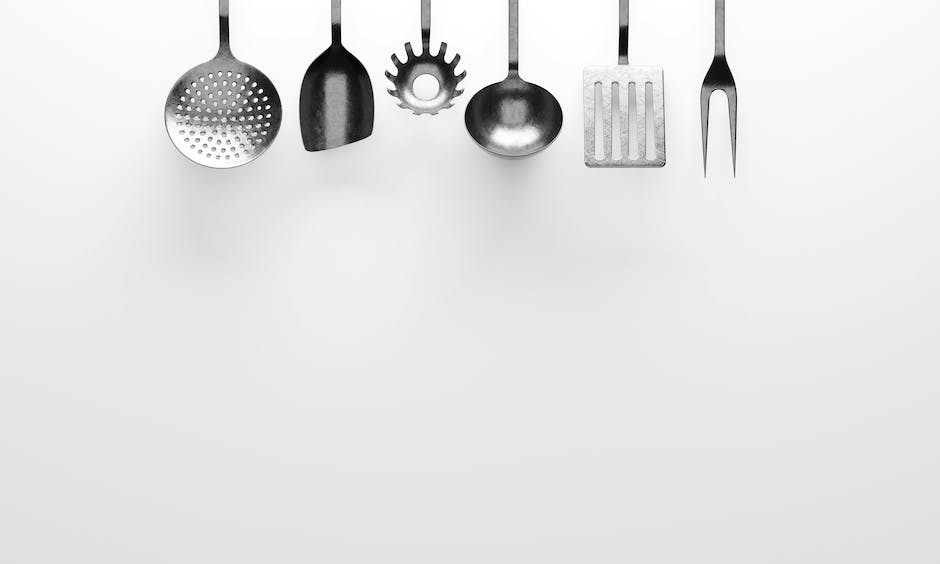
Improving Your Knife Skills and Ensuring Food Safety in Your Kitchen
No matter how skilled you are in the kitchen, honing your knife techniques can completely transform your culinary experience. The marvel that is the chef’s knife, so vital to our gastronomic creativity, is an instrument that must be respected and handled properly.
First and foremost, having a good knife is essential. High-quality knives are sharper, allowing for more precise and safer cuts. Look for one with a hardened stainless steel blade, which will maintain its edge longer.
Always keep your knives well sharpened. Dull knives can slip and cause accidents. When sharpening them, slide the knife blade against the sharpening stone at a 20-degree angle. You should do this in one direction and repeat the process on each side of the blade.
Technique is crucial. Try the “pinch and guide” method. Firmly grip the knife with one hand and use the other to guide the food, keeping your fingers curled inward. This not only improves accuracy but also minimizes the risk of accidental cuts.
When cutting, use a rocking motion, not a chopping motion. This minimizes wear on the knife blade and facilitates more precise cuts.
Food safety is another key area that should never be overlooked. Regularly clean and disinfect your knives, cutting board, and work surfaces to prevent the spread of bacteria. Never use the same knife or cutting board for raw meats and foods that will be eaten raw.
It’s also helpful to have different knives for different purposes; a chef’s knife for most tasks, a serrated knife for bread, and a boning knife for meats.
Finally, always remember to work with attention and respect. In the kitchen, just like in life, what you give is what you receive. Infuse love and dedication into your food with every cut, every flavor, every texture, and you’ll surely receive a unique experience filled with aromas and flavors that stir the soul.
After all, what better way to connect as human beings than through the act of preparing, sharing, and enjoying food. Bon appétit!
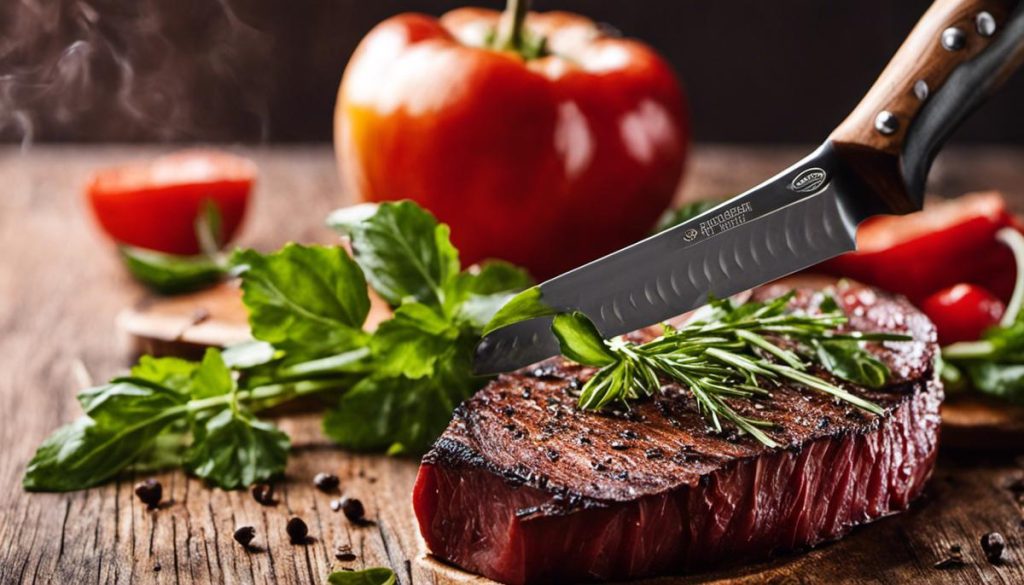
Understanding Basic Sauce Techniques
We now delve into one of the most artistic and versatile techniques in cooking: sauce creation. This is where our passion and creativity can be unleashed, reaching new culinary heights.
- Step one: Choose a solid base Every good chef knows that a sauce begins with an excellent base, which can be a liquid substance like a good meat or vegetable stock. You can use store-bought broth, but if you truly want to elevate your sauces to another level, consider making your own stocks. Not only will they impart deeper and richer flavors, but you can also control the amount of salt and other additives.
- Step two: Develop the flavors Once you have a solid base, the next step is to layer in flavors. This can be achieved through various methods such as sautéing or caramelization. Remember, patience is key here: give your ingredients time to release all their potential.
- Step three: Thicken the sauce This is where those classic thickeners come into play. You can use a roux, which is essentially a mixture of flour and fat, or a slurry, which is simply cornstarch mixed with cold water. Another great option, especially in cream-based sauces, is a white roux.
- Step four: Adjust and season Once your sauce reaches the desired consistency, it’s time to adjust the flavors. This is the moment to taste and tweak. Does it need more salt? A touch of acidity with lemon or vinegar? A bit of sweetness to balance? The key is to trust your palate.
- Step five: Strain, if necessary If you’re aiming for a smooth and silky sauce, you’ll want to strain it through a fine-mesh sieve. Don’t forget to press the solids well to extract all the flavor.
- Step six: Add a finishing touch Last but certainly not least, consider adding a finishing touch to your sauce. This could be a bit of finely chopped fresh herbs, a hint of lemon zest, or perhaps some infused oil.
And there you have it, dear cooking enthusiasts. The fundamentals for creating exquisite sauces at home are in your hands. Now, season yourself with creativity, experiment, adjust, and savor the art of sauce creation. Because remember, cooking is an act of love, and what better way to share it than through food.
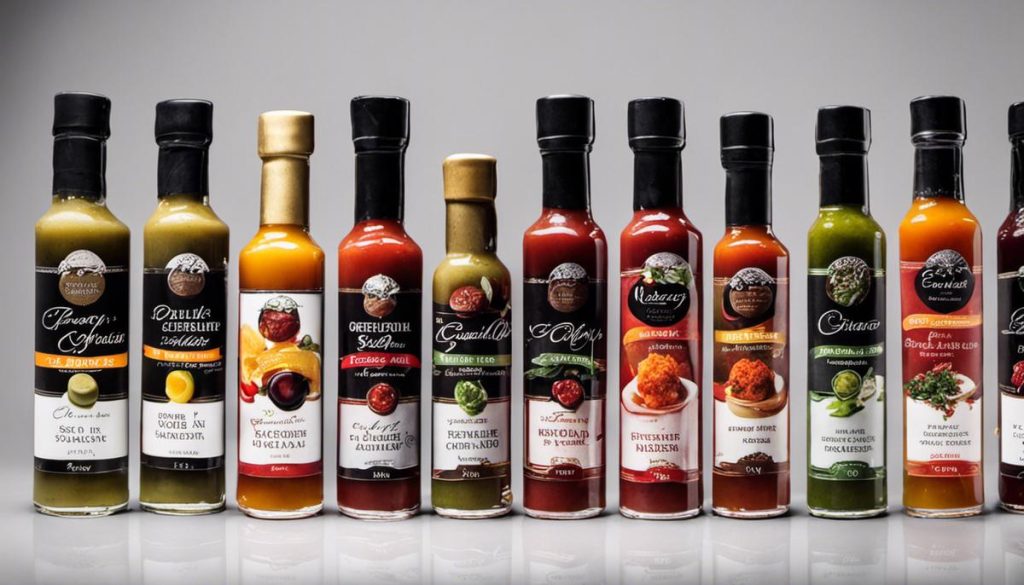
Throughout this discussion, we have delved into the details of various cooking techniques, knife skills, and food safety, as well as the basic techniques for making sauces. All of these elements, when learned and practiced properly, can greatly enhance your culinary experience and lead to exquisite dishes.
It’s important to remember that cooking is an art, and like any other art, it requires constant practice to perfect it. Therefore, it’s not just about learning these techniques but also about regularly practicing them in your kitchen. With time, patience, and practice, these skills and techniques will become second nature to you. So, roll up your sleeves and enjoy the wonderful adventure of cooking!

